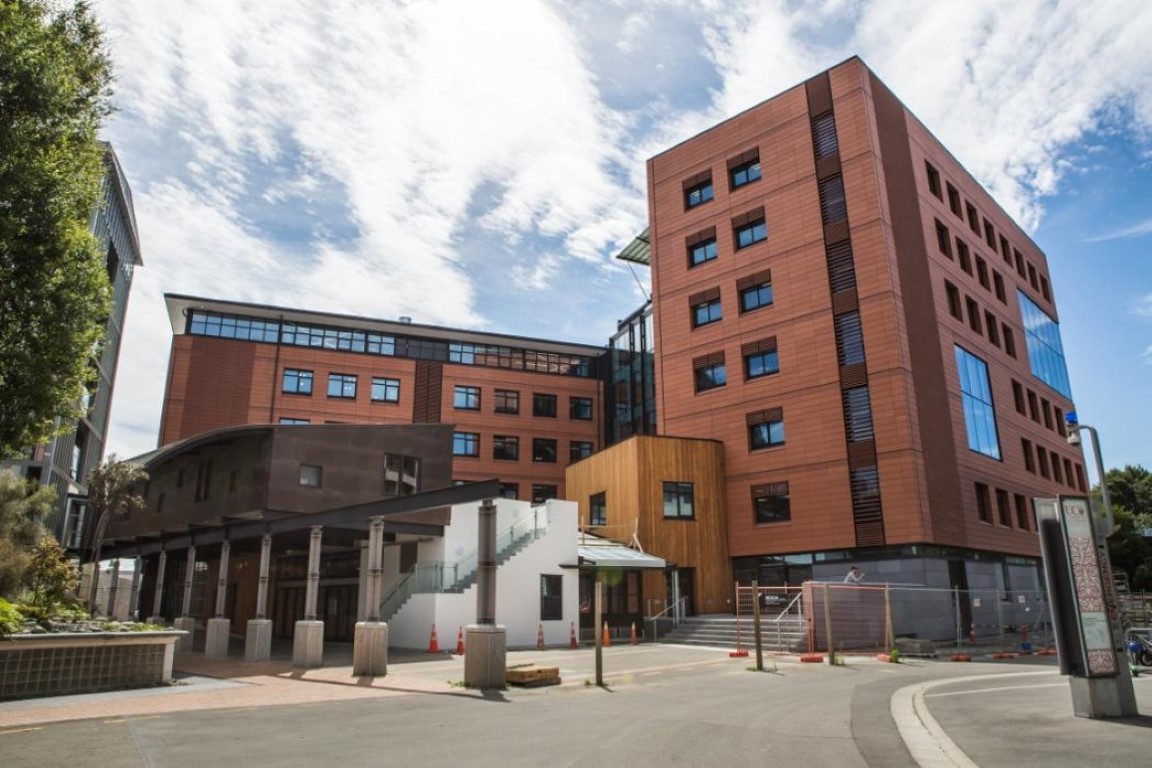
The key message here is that a capital works programme cannot in and of itself drive business change.
Capital works is essentially about delivering a product, but business change is strategic, long-term and values driven. Facilities change and business change certainly should support each other, but simply providing a new working environment does not mean staff will start to work differently.
If wider business change is an organisational goal during disaster recovery, it should be resourced separately from the outset. It requires strong leadership and the appetite for change may vary across the organisation, so that leadership should be centralised to avoid inconsistency and to maximise the potential created by the unusual circumstances. A business change programme will also require dedicated skills including process development, communications and stakeholder management.

Although distinct, the business change and capital works programmes will impact directly on each other so they should work closely together. For example:
- Value engineering decisions may influence business change outcomes, so business change interests should be taken into account during the value engineering process.
- If increased staff collaboration is a business change goal, having cross disciplinary teams work on the design of shared workspaces can seed new working relationships and collaborative thinking.
- The assessment of proposed benefits that accrue beyond the construction phase, such as increased student numbers, could be managed by the business change programme.
However, substantive business change must be driven outside of and beyond the capital works programme. Don’t put all your resources into delivering a new building and then wonder why staff fall back into old work habits.
